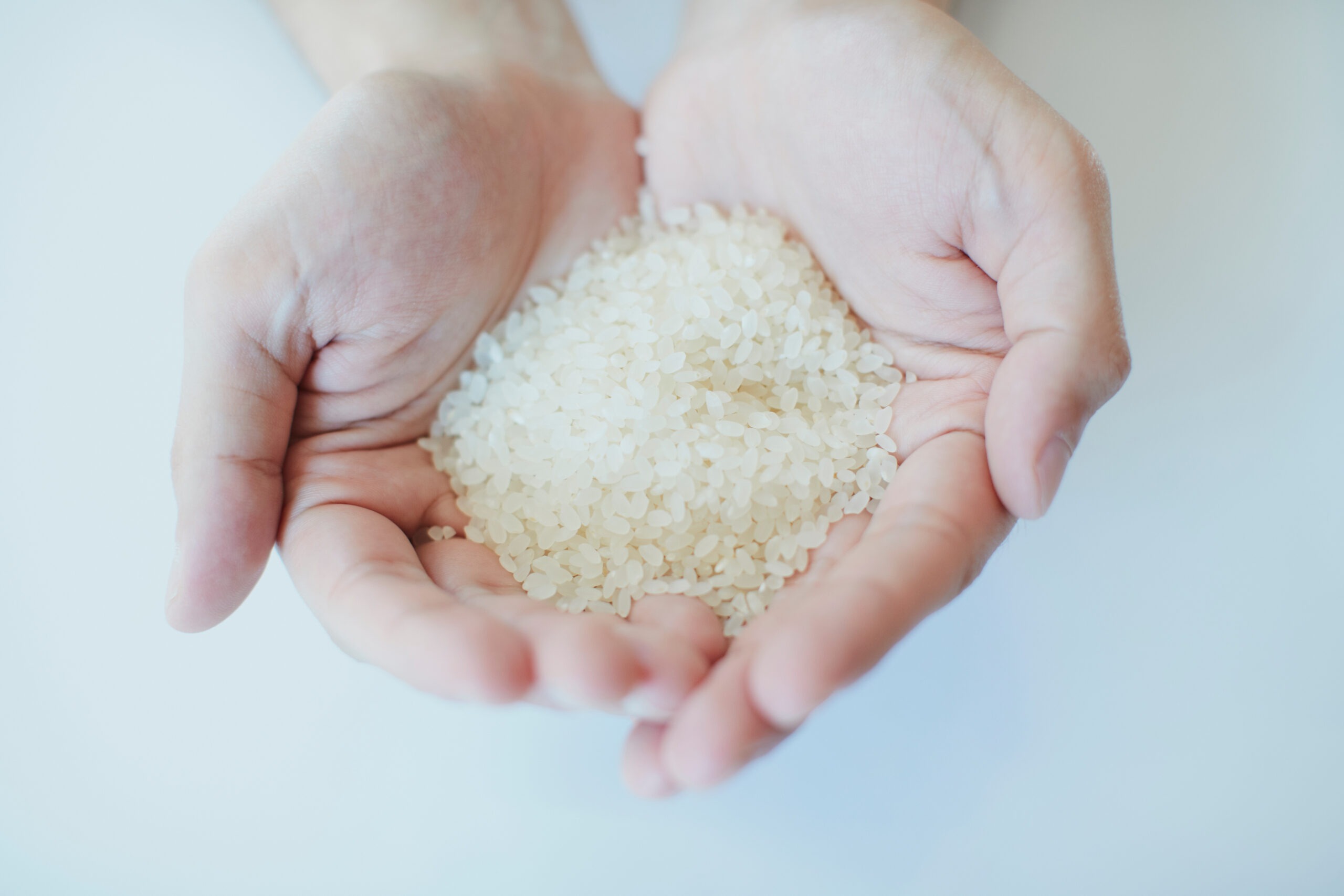Japanese culture and habits attract many international travelers. The blend of traditional buildings, such as temples and castles, scenic natural wonders like Mount Fuji, and modernized transportation systems captivates visitors during their trips to Japan. Most travel guides emphasize Japanese cuisine, including steamed rice and miso soup. Japan’s four distinct seasons offer unique climate experiences, allowing visitors to appreciate the beauty of seasonal changes.
Although travel guides showcase traditional Japanese customs, two emerging factors influence Japanese habits.
Seasonal Clothing Changes Disappear
Extreme weather changes affect our seasonal clothing change(“衣替え, Koromogae”). When spring arrives, we store away our winter clothes—such as sweaters and thick coats—and bring out lighter spring jackets and coats. However, the recent extreme weather fluctuation has made us ignore the custom of changing clothing. In January, we experienced long sunshine without rain or snow, where we usually expect snowfalls in January. We had snow and hail in mid-March when we usually expected a warm-up climate. Then, temperatures rose to 20 degrees Celsius the following week, the usual weather in May.
Unpredictable weather disrupted our routine for seasonal clothes changes. Just a week ago, we wore thick jackets and scarves to keep warm, but now we wear short-sleeved shirts and lighter clothing to cope with the heat. We change our clothes for the day, not for the season.
Food Prices Hike Hit Japanese Cuisine
Japanese food ingredients are rising sharply, with every ingredient becoming more expensive. Rice, in particular, is seeing significant price increases because of rising inflation. According to statistics from the Ministry of Agriculture in Japan, rice prices in February 2025 have nearly doubled in just one year. (source: Ministry of Agriculture, Forestry and Fisheries in Japan (February 2025) “Rice Relative Trading Prices and Volumes” at: https://www.maff.go.jp/j/seisan/keikaku/soukatu/aitaikakaku.html) Rising costs have made consumers more price-conscious.

The Japanese government’s release of stockpiles remains uncertain regarding its effectiveness in stabilizing rice prices. Household finances are of greater importance than daily diets. Some now consume noodles, potatoes, and oatmeal instead. Although these substitutions may be temporary solutions, consumers might ultimately shift away from rice if prices continue to rise. The ongoing price increase could alter the landscape of Japanese cuisine.
Thrifty Attitudes Remain
Our one habit remains unchanged: frugality persists in Japan despite inflation. Three decades of deflation bred a habit of seeking cheap goods. We’re price-sensitive if wages don’t outpace inflation. We bargain hunt to manage household finances.
